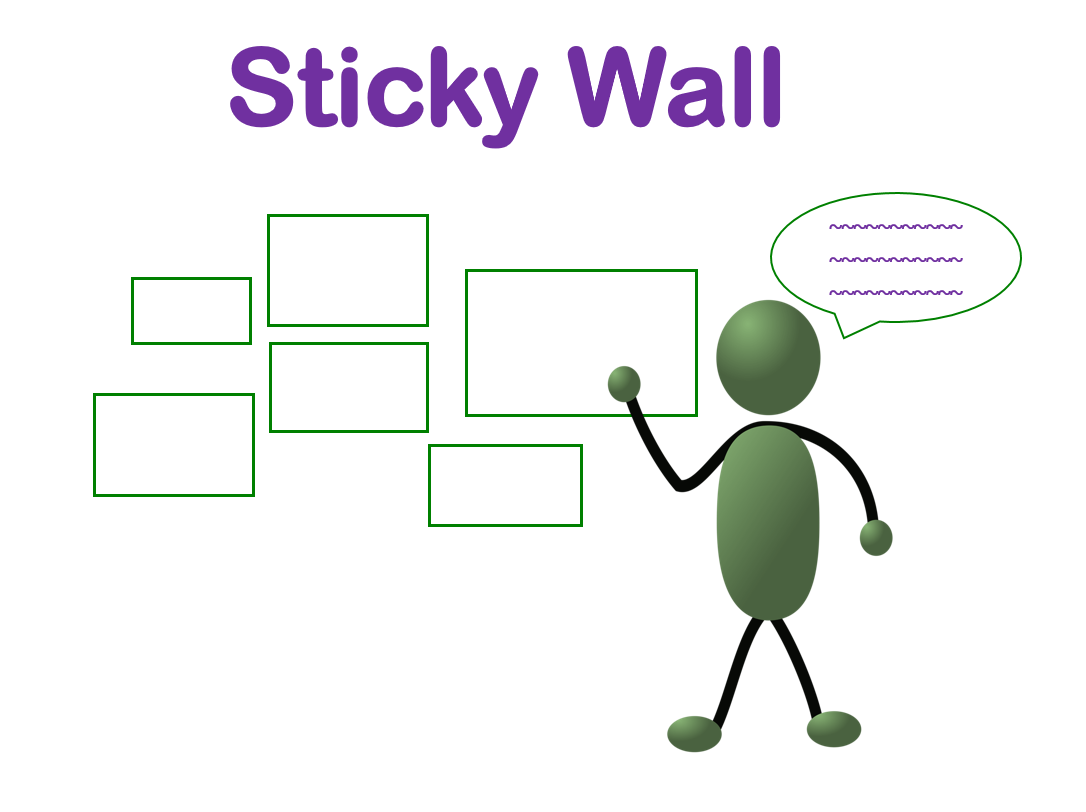Sticky Wall can help groups brainstorm
Sticky Wall is a facilitation tool that groups can use in various ways to develop many ideas.
Michigan State University Extension educators are often asked for consultation on facilitation services for groups. One tool that is often recommended for groups that can be easily used is Sticky Wall.
Sticky Wall is a very useful and flexible brainstorming tool that can help groups generate, organize and evaluate ideas. Sticky Wall is a tool that helps create divergent thinking. The tool is easy to facilitate and begins like this:
- Silent thinking. Write a focus question or topic on a flip chart so that everyone can see it. Have each group member write down as many answers or ideas as possible on a piece of paper. Each idea should be no more than 5-7 words.
- Make cards. Ask the participants to select their favorite 5 ideas and write each on an index card or sticky note. If the group is large, have them do this step in small groups.
- Post cards. Going round-robin, have each person (or group) read one card and post it on the wall, arranging cards in clusters of similar or related ideas. Group members are free to ask questions as ideas are read and posted.
- Review wall. After all the ideas have been posted, look at each cluster, read the cards, and make sure everyone understands the idea of the cluster. Cards can be moved around at this point. Ask if there is anything to add.
- Add titles. When the group is satisfied with the clusters, ask them to create category titles for the clusters.
- Next steps. Follow up Sticky Wall with prioritizing the ideas and action planning.
Optional Variation:
This option is called Silent Sticky Wall or Affinity Diagram: Have each person write down their answers to the focus question(s) or cards on sticky notes. Ask them to, without talking, post their ideas on the wall, and then move the cards into clusters. When they are finished, allow the group members to talk about the ideas and to create headings for each cluster.

The “sticky wall” itself can be made in several ways and step-by-step instructions on building a fabric sticky wall can be found at this University of Arkansas site.



 Print
Print Email
Email


